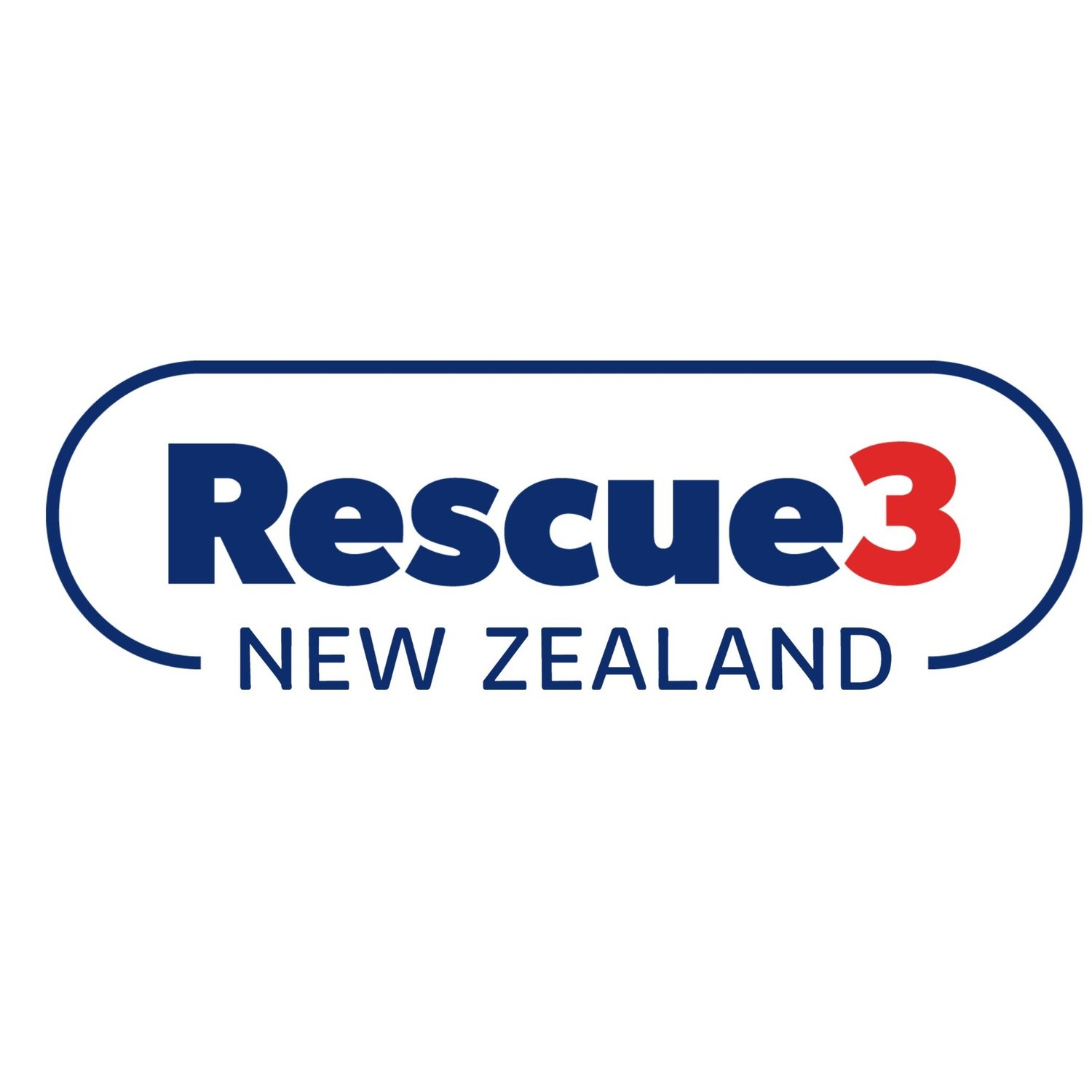The Wind Turbine Operator course is for workers operating in and on wind turbines. Wind turbines pose some special challenges: they are often in rural areas and/or are difficult to reach. Within wind turbines, workers face further challenges: workers are working in pairs or small groups, in difficult to reach and potentially confined spaces, where a rescue is a challenging task for co-workers and/or fire and rescue services. Therefore, people need to work as safely as possible at all times, following set standards, national laws and regulations, and company-specific standards and procedures. Due to its international relationships, where instructors face these challenges from different perspectives (safe working, fire and rescue), Rescue 3 has developed the Wind Turbine Operator course to help organizations maintain high safety standards at all times. Rescue 3 provides an agreed-upon international-certified training program to their training providers and instructors, to help them provide up-to-date information in this rapidly growing market of renewable energy.
Read More
